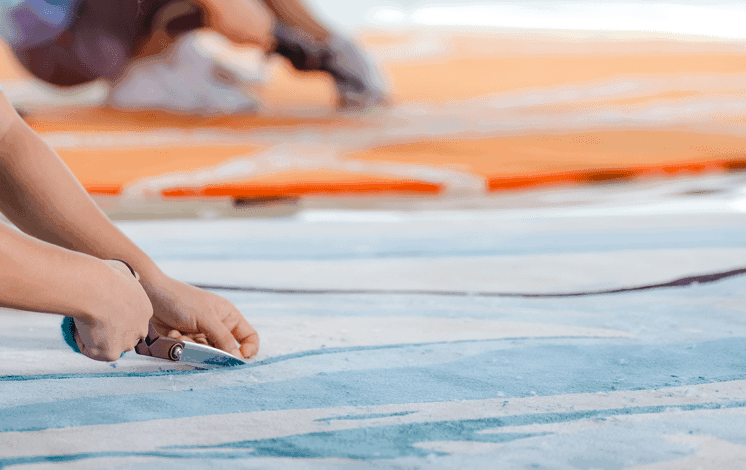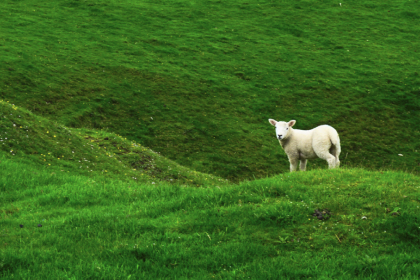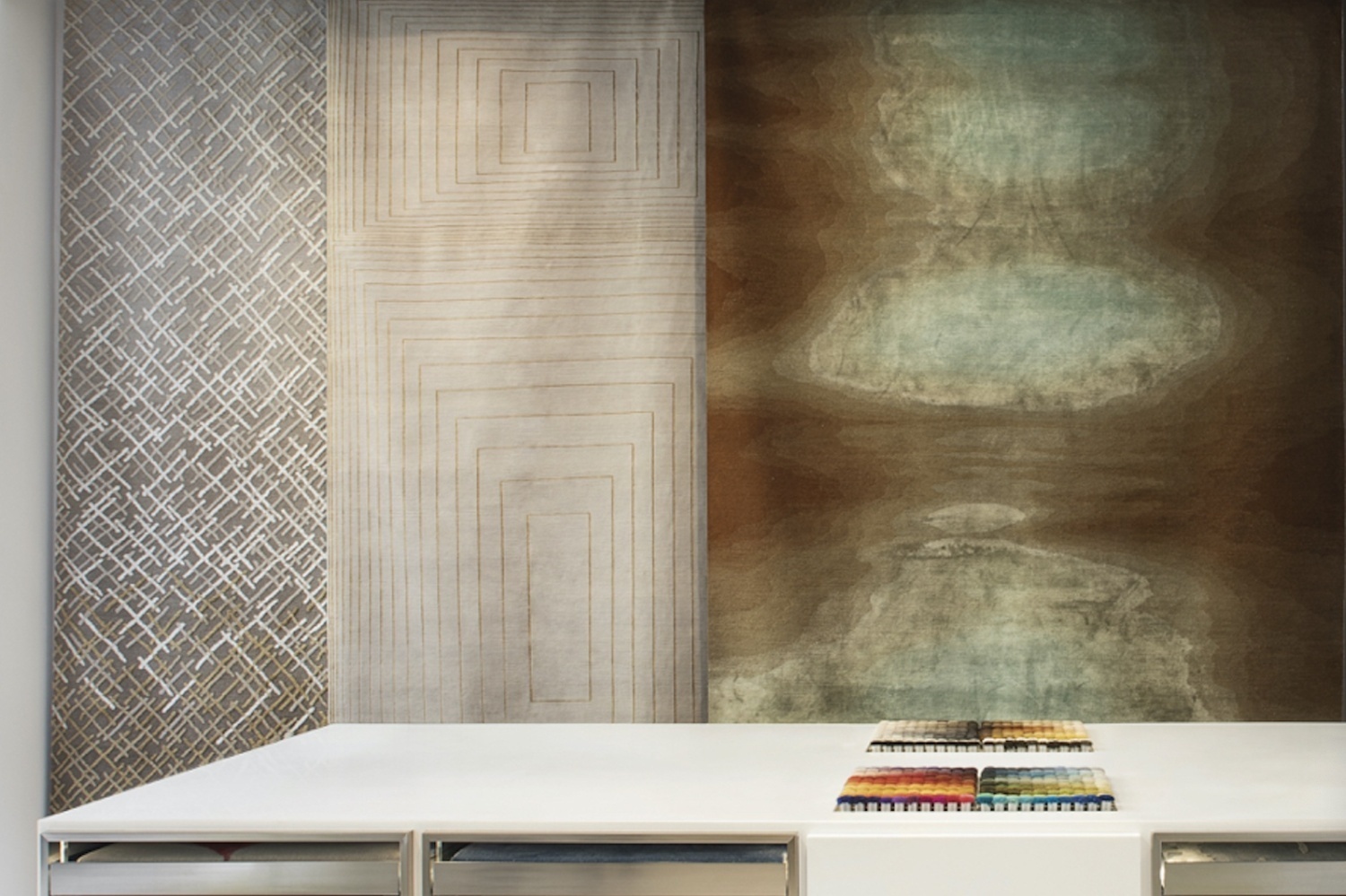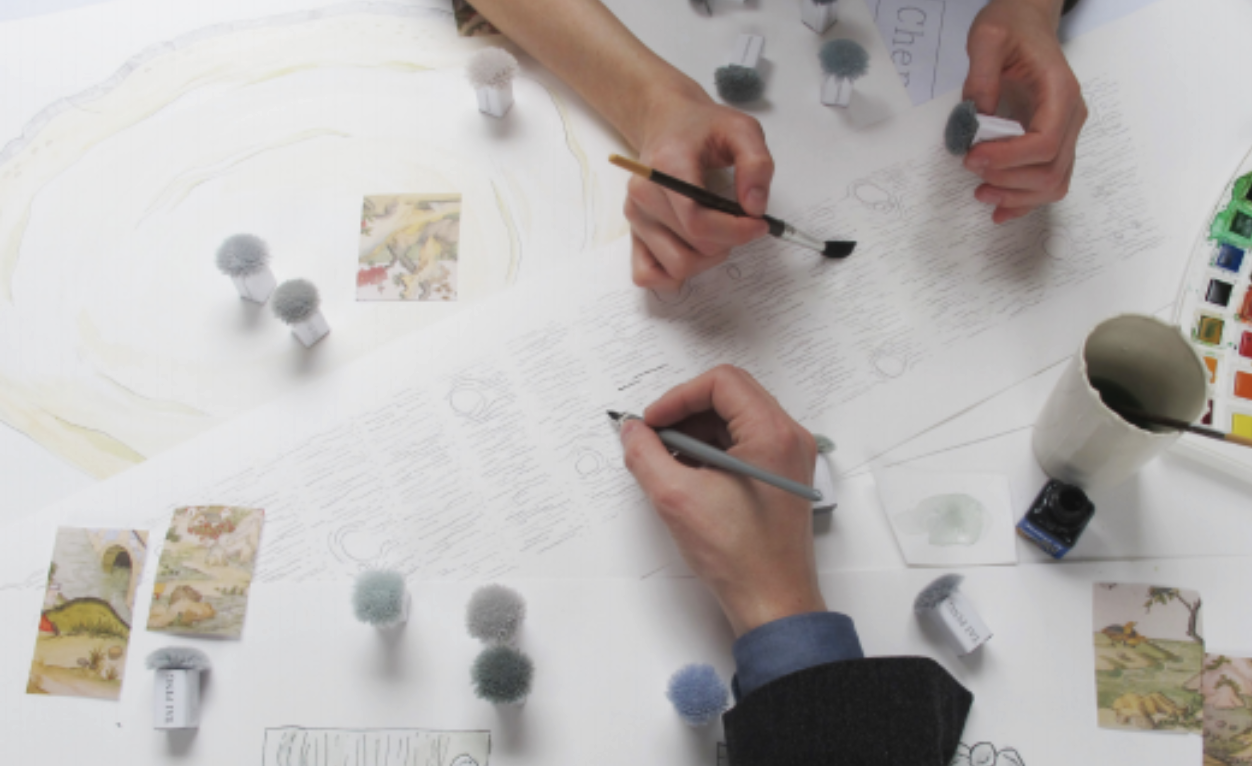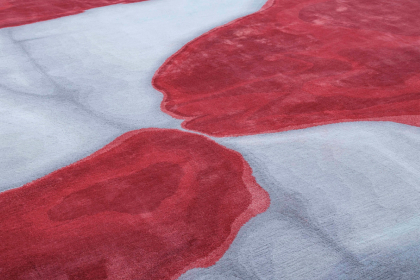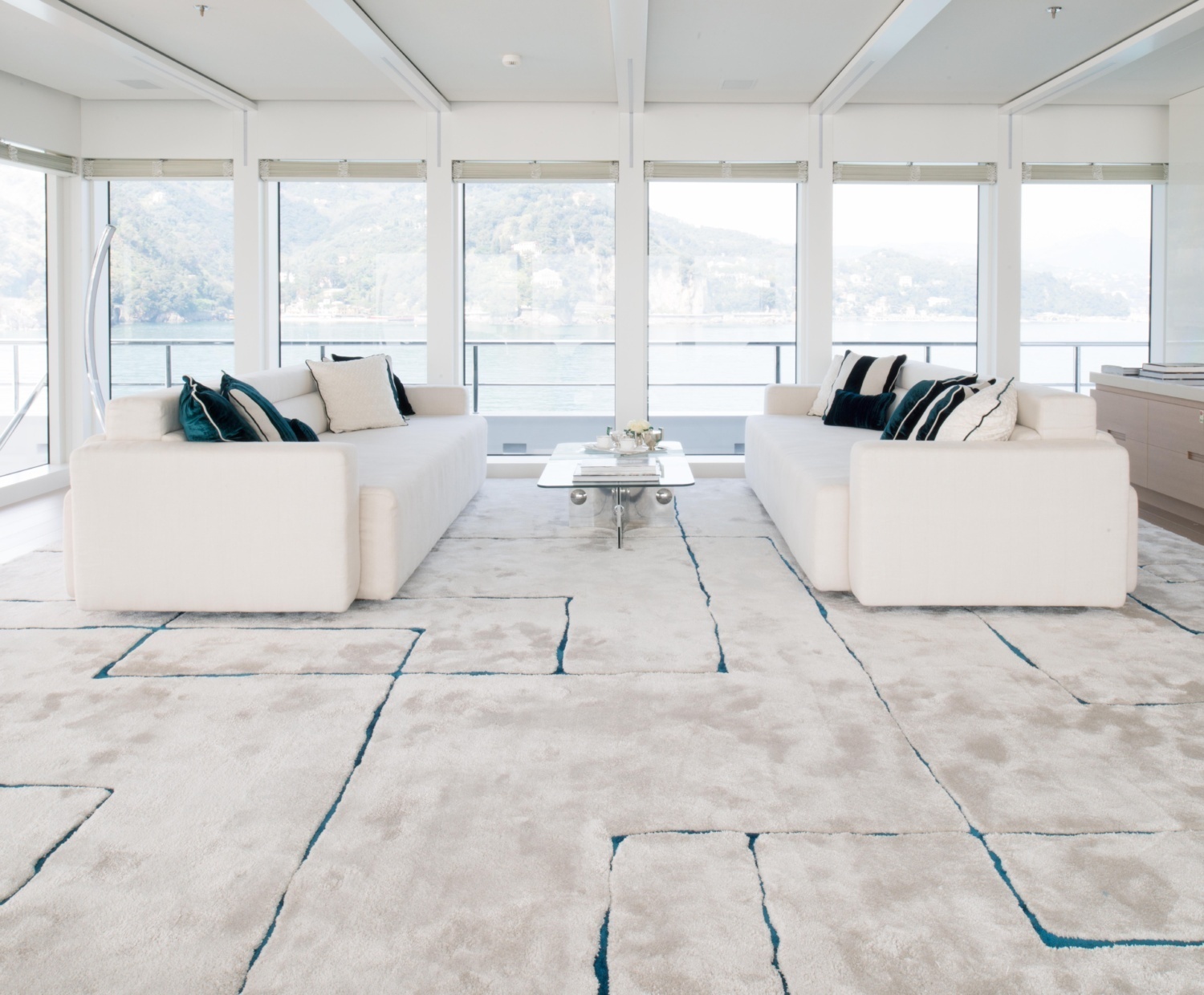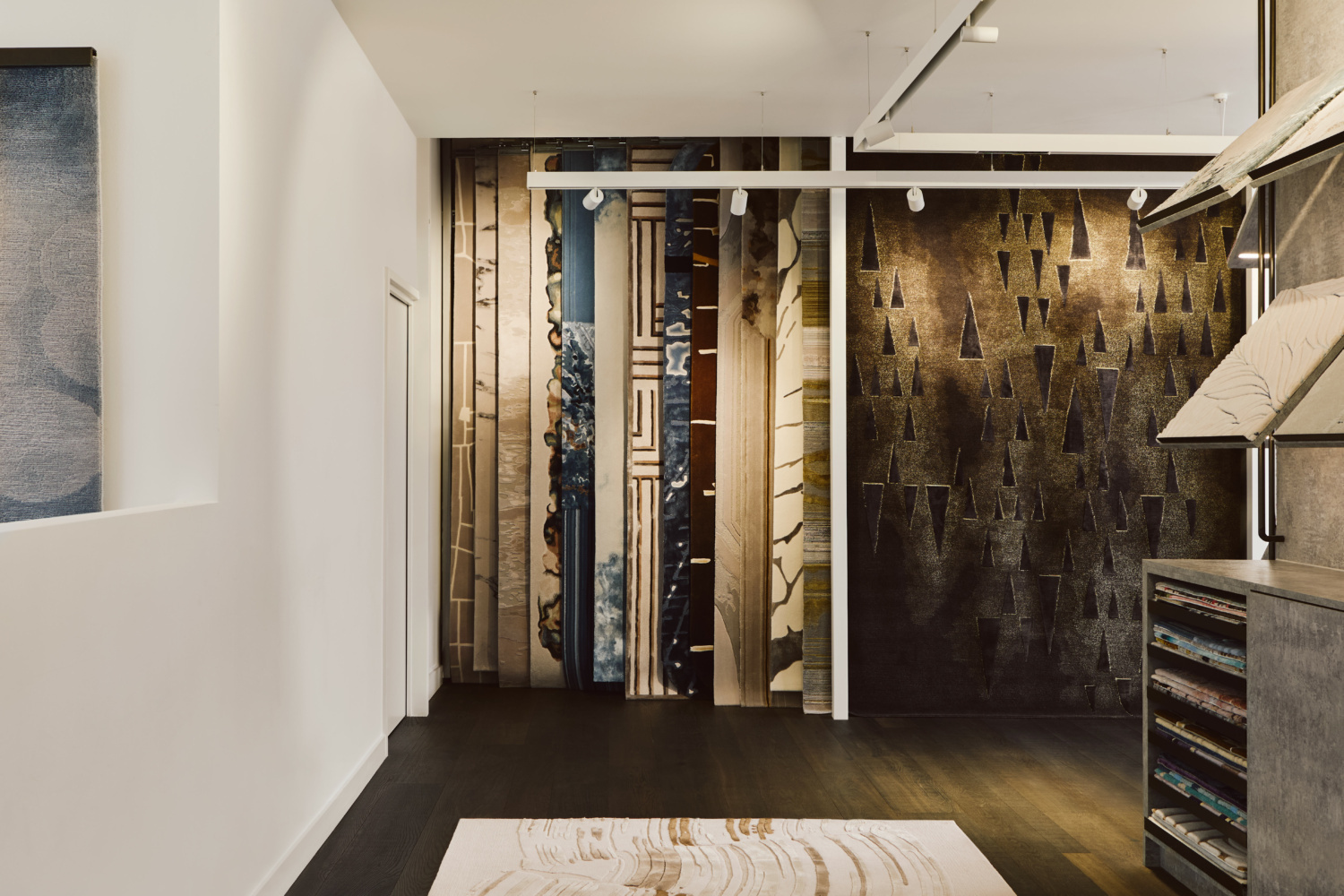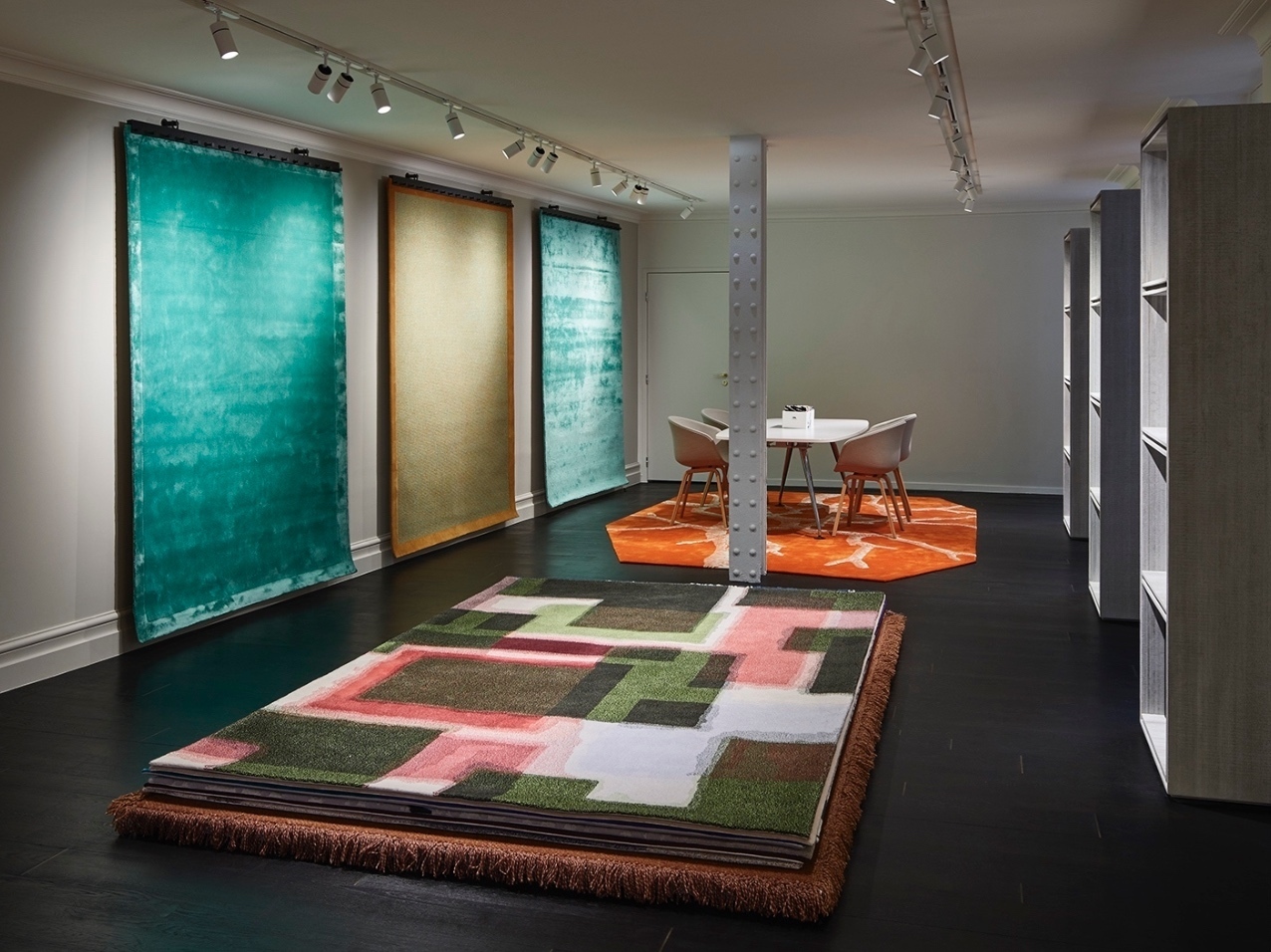Requires a Professional Account
Long Term carpet and rug performance and appearance retention begins with effective maintenance. Improper maintenance may reduce the useful life of the carpet. Not only is a proper maintenance program important for long term performance, but the Indoor Air Quality is also improved. Test results show that carpet aids in reducing contaminants in the breathing zone by capturing air borne particles. By utilizing approved vacuums and cleaning methods, the Indoor Air Quality is greatly improved.
Regular maintenance is a must. Soil prevention, vacuuming and spot removal should be included first and foremost in every maintenance plan.
• Soil Containment – isolation of soil entering the aircraft using mats at entrances
• Vacuuming – scheduled frequency for removal of dry soil
• Spot and Spill Removal – using professional spot removal techniques
• Interim Cleaning – scheduled cleaning for all traffic areas
• Restorative Cleaning – scheduled deep cleaning to remove residue and trapped soil.
Soil Containment: The importance of walk-off mats
Studies show that most of the soil carpet is exposed to is tracked-on from the outdoor environment. The use of walk-off mats will help significantly to trap the majority of soils and oils that would otherwise be tracked off on a carpet. As much as 80% of soil (and moisture) can be trapped by walk-off mats over the course of the first five to six steps after entering a building. However, since walk-off mats help capture significant amounts of soil they too must be frequently vacuumed, cleaned and/or replaced.
Walk off mats also help prevent slip/fall accidents from occurring on the hard surface areas. Studies show that 80% of all slip/falls occur on hard surfaced flooring, with 80% of those resulting in injury.
Vacuuming
Effective, routine vacuuming is a must for good carpet performance, so a proper vacuuming schedule is essential in a well-planned maintenance program. The most important factor of a vacuuming schedule will be identifying heavy, medium, and low traffic areas by continually monitoring carpet appearance and making any necessary adjustments to the schedule.
Tai Ping advocates the use of upright vacuums with dual motors. The brushes and suction are driven by separate motors. Vacuums with beater bars are not recommended. Vacuuming should be performed at a rate of two feet per second for three to five passes over the same area. Vacuuming takes time and commitment but is the most cost effective way of preserving your carpet’s appearance.
All vacuums must be approved by the Carpet and Rug Institute’s Green Label Vacuum Cleaner Indoor Air Quality Testing Program. A list of approved manufacturers and products can be found on the CRI website at www.carpet-rug.com
Spot and Spill Removal
Spot and Spill removal requires professional cleaning techniques as well as the use of proper spot cleaning agents. It is important not to over wet the carpet with water or cleaning agents - whatever goes in must be extracted back out. Wet stains must be blotted when cleaning - never rubbed, and blotted dry after cleaning to be certain to remove as much residue as possible. Effective spot cleaning should not be left to inexperienced hands as this can result in permanent damage to the carpet. Whenever possible spot cleaning should be performed by professional cleaners at routine intervals.
Interim Cleaning
Interim cleaning is a high-production, fast drying process used between restorative cleanings. The frequency of interim cleaning depends on traffic, carpet location, use and exposure to soiling.
Restorative Cleaning
Restorative cleaning is the process of extracting or removing entrapped soils and residues. Higher moisture levels, lower production rates and slower drying are characteristic of restorative cleanings.
The following is an example of an interim and restorative maintenance plan:
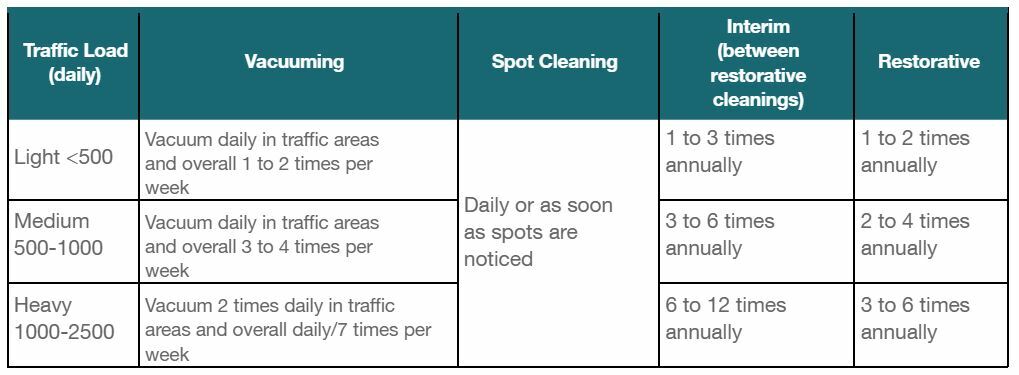
Interim and Restorative Cleaning Methods
Dry Extraction Method
An absorbent compound saturated with detergents and solvents is brushed in and around the fibers using mechanical brushers, there is a dwell time during which the compound air dries. The embedded soil is absorbed by the compound and both the soil and compound are then removed by vacuuming. Dry extraction is fast and effective and does not leave the carpeting damp so it can be performed overnight prior to use. However interim cleaning does not provide deep cleaning capability, necessary for removing embedded soil.
Dry Foam/Encapsulation Cleaning Methods
Dry foam cleaning with an encapsulation chemistry is a procedure by which a polymeric cleaning solution is whipped into foam and applied to the carpet surface. The foam is worked into the carpeting by a specially designed machine with reel-type brushes, followed by wet vacuuming. Some machines have their own extraction capabilities, eliminating a separate wet vacuuming step. For equipment without extraction capabilities, the carpet is vacuumed thoroughly to remove the crystalized detergent and attached soil particles, after drying. As the chemistry turns back into a crystal form after drying it does not leave residues.
Hot Water Extraction
Sometimes referred to erroneously as “steam cleaning”, tempered water with cleaning mixture is sprayed onto the carpet fibers. The water and soil are then extracted from the carpet by a vacuum. An 'encapsulating' pre-spray is recommended prior to the extraction process and there is a dwell time before final extraction. This method leaves the carpets damp and requires sufficient drying time of around 12 hours before being walked on.
NB. It is imperative that the carpet is dried completely before foot traffic is allowed on the newly cleaned carpet. Utilization of the HVAC system, in conjunction with portable air movers, is necessary.
Specific advice for certain materials and combinations
Wool with Nylon
SKUs that use both wool and nylon yarn should be cleaned as if the carpet was 100% wool.
Wool with Silk/Viscose
Wool carpets with silk or viscose accents need to be cleaned with care. Wool areas can be cleaned as per wool, but silk or viscose inclusions need to be avoided. Hot water extraction should not be used on the silk and viscose areas and care should be taken to avoid over wetting the wool areas.
Contrasting colors
Hot water extraction should be avoided on designs that use strong contrasting colors. Strong colors have a high dye content and can bleed into neighbouring area with lighter colors when wet cleaning methods are used.
Yarn Fibres: Specific details for cleaning and conditioning
Wool has natural resiliency and will last for years if properly maintained. Excessive agitation and excessive heat should be avoided. Wool is easily damaged by bleaches and alkalis. Clean wool with neutral detergents (pH 5.0 - 8.0) and dry quickly to limit yellowing/browning. Carpet cleaning chemicals used on wool-based products should be ‘Wool safe’ approved and with a pH of 8.0 or below. These products can be found at www.woolsafe.org
Silk is a delicate fibre; the cleaning of silk fibre must be left to carpet-cleaning professionals. Abrasive cleaning will easily damage silk, and care must be taken to ensure that cleaning is effective and safe. Silk should be cleaned using a dry cleaning process with little water and neutral to slightly acidic pH or gently blot and clean stains with a new cloth dampened with equal parts white vinegar and water and then allow the stain area to completely dry. Chemical cleaners or stain removers must never be used for silk cleaning. Silk is damaged by high temperatures, high pH (>9) and sunlight, and will lose strength and may turn yellow when wet. Silk requires reconditioning and grooming during and after drying to regain its natural appearance. A softener agent should be used after full wet cleaning to aid the reconditioning of silk rugs.
Nylon is known as a durable fiber. Nylon carpets can be cleaned with most cleaning agents. Cleansers that have a high alkaline content may cause a nylon carpet to lose its ability to resist stains. Cleaning agents that work with steam cleaners should have a pH lower than 10 to avoid reducing the carpet’s stain resistance.
Viscose is a man-made regenerated cellulosic fiber. It breaks easily when wet and must be dried quickly to prevent microbial growth. Viscose is prone to shrinking when water soaked and tends to “bleed” dye. Dry the wet areas quickly by using an air mover or fan or dehumidifier to speed the process. Spot treating may result in discolored patches, or patches that differ in texture.
NB. Strong cleaning agents, bleaches, peroxides etc. should never be used as these will permanently damage carpet and residues will continue to damage the carpet appearance over time.


